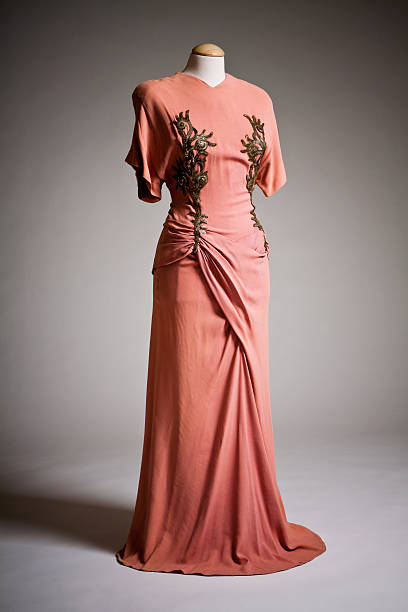In the realm of fashion, innovation knows no bounds. As technology continues to push the boundaries of creativity and design, a new frontier has emerged: 3D printed dresses. This cutting-edge approach to garment construction offers a unique blend of artistry, engineering, and sustainability, revolutionizing the way we think about clothing. In this article, we delve into the present landscape of women’s 3D printed dresses, exploring their origins, potential, and impact on the fashion industry.
The Dawn of 3D Printing in Fashion:
While 3D printing has been used in various industries for decades, its application in fashion is relatively recent. The first experiments with 3D printed clothing emerged in the early 2010s, with designers and technologists exploring the possibilities of this revolutionary technology. Initially, 3D printed garments were seen as experimental and avant-garde, reserved for high-fashion runways and exhibitions.
However, as 3D printing technology has advanced and become more accessible, its potential for mass customization and sustainable production has garnered attention from both designers and consumers. Today, 3D printed fashion is no longer confined to the realm of fantasy – it’s a tangible reality shaping the future of the industry.
The Artistry of 3D Printed Dresses:
What sets 3D printed dresses apart is their intricate and sculptural designs, made possible by the layer-by-layer construction process of 3D printing. Designers have embraced this medium as a canvas for creativity, pushing the boundaries of traditional garment construction and exploring new forms and textures.
From geometric patterns to organic shapes inspired by nature, 3D printed dresses offer endless possibilities for artistic expression. Designers can create custom-made pieces that fit the wearer’s body like a second skin, blurring the lines between fashion and art.
Moreover, 3D printed dresses often incorporate innovative materials such as bioplastics, recycled polymers, and even sustainable alternatives derived from algae or fungi. This focus on sustainability aligns with the growing demand for eco-friendly fashion options and underscores the potential of 3D printing to reduce waste and minimize environmental impact.
Advancements in Technology and Design:
As 3D printing technology continues to evolve, so too does its potential for fashion applications. New materials, techniques, and software tools are expanding the possibilities for designers, allowing them to create more complex and functional garments with greater precision and efficiency.
For example, advancements in 3D scanning technology enable designers to capture precise measurements of the wearer’s body, ensuring a perfect fit for custom-made garments. Similarly, software algorithms can generate intricate patterns and structures that would be impossible to achieve through traditional methods, opening up new avenues for creativity and innovation.
Challenges and Opportunities:
Despite its promise, 3D printed fashion faces challenges in terms of scalability, affordability, and accessibility. The high cost of 3D printing equipment and materials, as well as the technical expertise required for design and production, present barriers to widespread adoption.
However, as technology advances and economies of scale are achieved, these challenges are gradually being overcome. Companies are exploring innovative business models, such as on-demand manufacturing and rental services, to make 3D printed fashion more accessible to consumers.
Moreover, 3D printing has the potential to revolutionize the way we think about fashion production, moving towards a more sustainable and ethical model that prioritizes customization, local production, and waste reduction. By harnessing the power of digital fabrication, designers can create garments that are not only visually striking but also environmentally conscious and socially responsible.
The Future of 3D Printed Fashion:
As we look to the future, the potential of 3D printed fashion is limitless. From bespoke couture pieces to everyday wearables, 3D printing has the power to democratize fashion, empowering designers and consumers alike to explore new forms of self-expression and creativity.
Moreover, 3D printed fashion has the potential to revolutionize the way we approach clothing design, production, and consumption, paving the way for a more sustainable and inclusive industry. By embracing this innovative technology, we can reimagine fashion as a form of art, engineering, and social change, shaping a brighter and more beautiful future for the industry and the planet.




